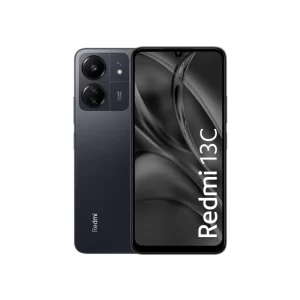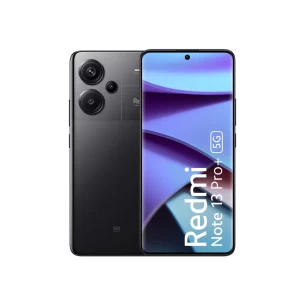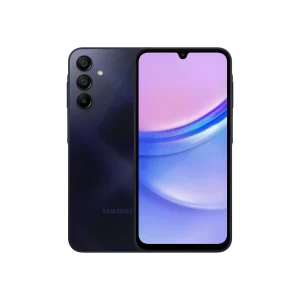
Many company websites suck from a user and search engine point of view. This is because more emphasis is placed on aesthetics than on the website’s “aboutness”.
A company that does not have an effective website that helps in making its products and services visible is not different from a company that does not have a website at all.
What does aboutness mean?
It simply refers to the state of being about something in an obvious way. This makes it easy for the visitors to determine whether they are in the right place or not.
What makes the aboutness of a website crucial is that the internet is about discovery. People are increasingly relying on the net to find information at the expense of traditional sources. Statistics confirm this. A staggering 11 944 billion searches a made on Google each month and over 85% of new visitors to a website come via search engines.
Aboutness helps search engines to surface the information a person is looking for. This is good news indeed for brands as their products and services can be displayed to searchers, leading to an increase in the number of leads generated. Brand awareness is also created. The web page has become the new storefront that can be accessed 24/7 from anywhere.
So how does this work? When someone searches for BMW spares on Google for instance, the search engines display the websites that have a clear aboutness on spares parts for that type of vehicle. Search engine optimisers make this happen by ensuring that each page is structured around a relevant keyword.
One of the fundamental and foundational things they do is to place keywords in the vital elements of a page such as title and heading tags. When this is done, search engines can interpret and understand what the page is all about and they show it to match a search query.
A lot of websites are not optimised and yet their owners still expect to get traffic from search engines. A colleague who runs a small fruit and vegetables business once approached me to diagnose why her website was not generating sales.
When I did the site audit, I discovered that her website was high on fluffy marketing speak and low on the keywords that enable search engines to display her website in the results pages. Google ignores such websites as it is against their mission of providing the best information to searchers.
The best analogy to illustrate the extent to which her website was dysfunctional is when someone asks a librarian for a specific book without giving him a title. Even if he is given a subject how many books are there on Economics for example? Additionally, not all of them are relevant to the reader for the specific topic he would be working on at that particular time.
Aboutness is actually borrowed from library sciences where documents are labelled according to what they are about. This simplifies the filing and retrieval system.
On another level, the aboutness of a web page must also be very clear to the visitors. Why? Because people do not read web copy but they scan and skim, looking for catch phrases that catch their eye in line with the informational needs. Large parts of a website are oftenly left unread. A visitor skips web pages without a clear aboutness. In other words, the brand with such web pages lose potential leads to its competitors.
Steve Krug, best selling author of Don’t Make Me Think: A Common Sense to Web Usability, makes an interesting observation. He states that there is a clear difference between how websites are built and how people actually read the content.
“We’re thinking great literature (or at least “product brochure”), while the user’s reality is much closer to “billboard going by at 60 miles an hour”
We are living in an instant gratification economy. People are always in a hurry and want something fast. Like sharks they have to move if they are to live.
No one pores over web copy anymore to discover what the site is all about. People have mastered the art of satisficing, that is, they take the first available solution to their problem even if it is not the best one in comparison to others. Websites or apps should factor this trend in their design and content.
People don’t go through all the websites to make a rational decision. They act on what they deem as the first reasonable option and websites should provide this option! Clarity of aboutness leads to higher sales and conversions.
The aboutness of a website or any digital property is a key influencer of a user’s response. A much more obvious aboutness leads to improved traffic and conversions whilst an unclear one, undermines a brand’s digital marketing initiatives.




One response
Interesting read, came across 2 websites today, after seeing adverts in The Herald, print version (Basically these are monied people, still afford such ads) The frst one is sportsline.co.zw, it looks an adverts platform, as almost 50% of the pages is taken by Econet and Telecel ads, and thats bad, many userd might come once and never visit again
The second one is procureafrica.net, I dont even understand what these guys are trying to achieve, and a lot of demo images and “Dolor Ipsum Loret . . .” stuff! Hahahaha, and they just took Yootheme’s latest template, Katana, plugged it in, and played it, sorry, not the template, but the demo site of Katana theme.
Is this what website development has become in Zimbabwe? Are we not making Google’s tasks more difficult? And why are clients paying for such craziness?
This is pathetic!